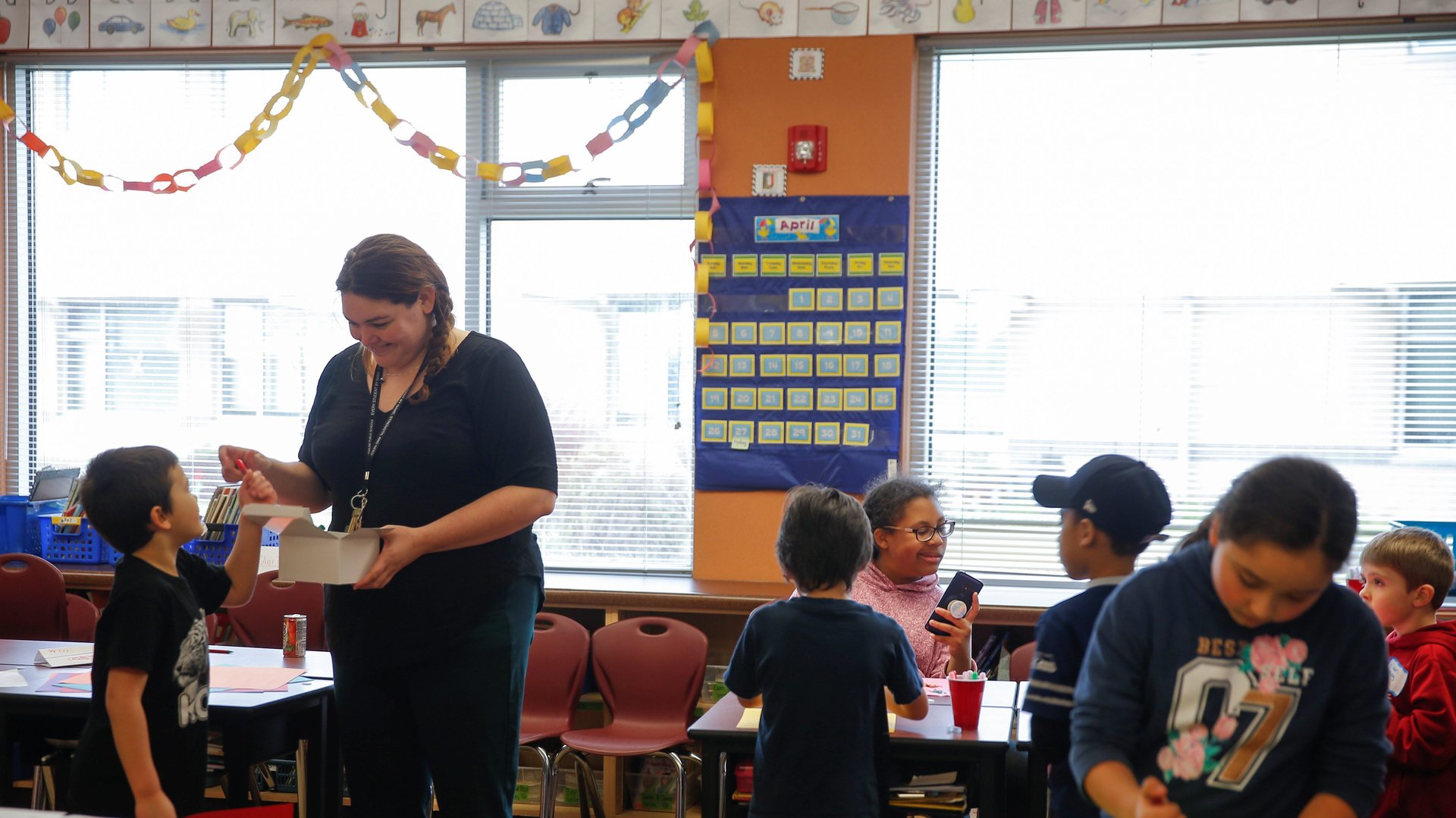The US approach to child welfare is based on misleading research
US lawmakers have been making decisions about child welfare based on incomplete data for decades, according to a new study.


US lawmakers have been making decisions about child welfare based on incomplete data for decades, according to a new study.
The paper, published on Feb. 14 by the National Bureau of Economic Research, found that most past economic research on child welfare focused on its short-term effects, like a small number of recipients choosing to work less due to the extra cash. Meanwhile, studies ignored the long-term impact of the help, like higher levels of education attainment and lower crime rates.
The implications of this are not only academic. The US’s Congressional Budget Office (CBO), which calculates laws’ costs and tax revenue, relies on those studies to advise lawmakers in charge of creating child welfare policies. Because CBO calculations only focus on the 10-year cost estimates of legislation, they completely miss the benefits of these programs.
Child welfare improves the economy for decades
The analysis, which was carried out by Anna Aizer at Brown University, Hilary Hoynes at University of California, Berkeley, and Adriana Lleras-Muney at University of California, LA, was based on 239 articles focused on a variety of core safety net programs in the US. It found that prior to 2010, 73% of those studies looked at whether or not welfare would affect people’s desire to work, while only 27% of them looked at the programs’ benefits.
Over time, researchers have shifted their view towards the long-term, looking at how a child’s family situation impacts her life many years later. For instance, economists in the early 2000s showed that children of mothers who caught the Spanish flu had less earnings and more disabilities. Other research points to the government recouping $0.58 for every dollar spent on Medicaid because kids who received it later enrolled in college at higher rates, delayed having kids, died less, paid higher taxes, and collected less earned income tax credit benefits.
This shift is visible in more recent child welfare studies, the analysis found. Over the last decade, most of the articles focused on the benefits of welfare programs versus the incentives, the NBER paper found.
How research affects policies
But the short-term focus of the past is still baked into the CBO’s approach, given it’s 10-year analysis horizon. It continues to rely on short-term studies about work incentives. For example, in 2015, when the CBO was analyzing how to reduce federal spending on food benefits, it didn’t take into account research showing that help decreases the probability of low birthweight by 5% to 11%, the authors wrote.
Because of this narrow focus on welfare, the US continues to have spend less of its gross domestic product on child welfare than other rich countries, they added, resulting in higher poverty rates among kids.
“Many of the returns to investments in children are not realized for many years, once the children complete their education, attain young adulthood and enter the labor market,” they added.